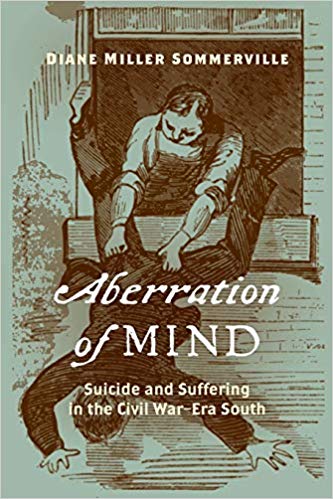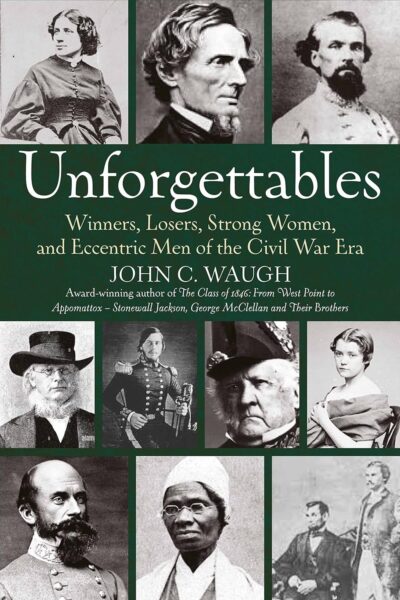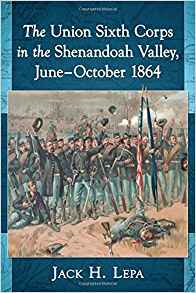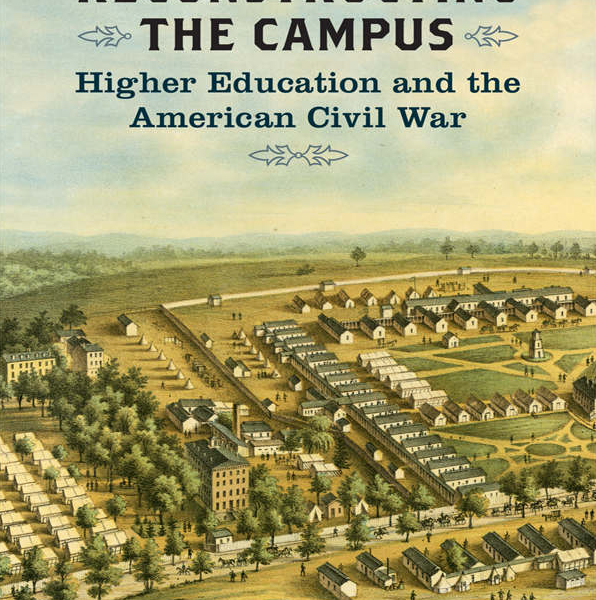No God But Gain: The Untold Story of Cuban Slavery, the Monroe Doctrine, and the Making of the United States by Stephen Chambers. Verso Press, 2015. Cloth, ISBN: 978-1781688076. $27.00.
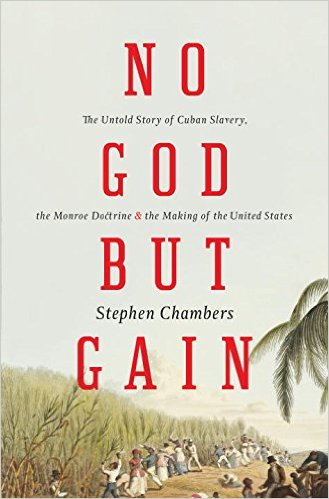 The reestablishment of diplomatic ties between Cuba and the United States has sparked new scholarly interest in the origins of this complex relationship. Stephen Chambers’ informative No God But Gain represents a valuable addition to the ranks of recent works such as Don H. Doyle’s The Cause of All Nations: An International History of the Civil War (2014), Gerald Horne’s Race to Revolution: The U.S. and Cuba during Slavery and Jim Crow (2014), and Adam Rothman’s Beyond Freedom’s Reach (2015). These accounts place Cuban-U.S. relations within the history of the Atlantic World in general and the international slave trade in particular.
The reestablishment of diplomatic ties between Cuba and the United States has sparked new scholarly interest in the origins of this complex relationship. Stephen Chambers’ informative No God But Gain represents a valuable addition to the ranks of recent works such as Don H. Doyle’s The Cause of All Nations: An International History of the Civil War (2014), Gerald Horne’s Race to Revolution: The U.S. and Cuba during Slavery and Jim Crow (2014), and Adam Rothman’s Beyond Freedom’s Reach (2015). These accounts place Cuban-U.S. relations within the history of the Atlantic World in general and the international slave trade in particular.
Traditional studies, including Arthur F. Corwin’s Spain and the Abolition of Slavery in Cuba, 1817-1886 (1967) and David R. Murray’s Odious Commerce: Britain, Spain and the Abolition of the Cuban Slave Trade (2002) examine the gradual, if uneven, attempts by British, American, and Spanish officials to extinguish Caribbean slavery. Rebecca Scott’s Slave Emancipation in Cuba (2000) chronicles the ever increasing resistance strategies of African slaves to assert their own dignity and self-worth against an entrenched planter elite.
No God But Gain, however, examines the persistence of Cuban slavery in the early decades of the nineteenth century. Chambers posits that, “In the aftermath of the American Revolution and the War of 1812, many elite members of the post-revolutionary generation of 1815 accepted that the development of the new United States would require the transatlantic slave trade. U.S. foreign policy was explicitly shaped to defend the expansion of the outlawed slave trade alongside a ‘liberalization’ of hemispheric trade restrictions.” As the “first, closest, and most important point of contact with the illicit slave trade for many U.S. investors,” Cuba played an integral role in this foreign policy (10).
Chambers begins with a discussion of the relations between the post-revolutionary generation of political officials and business elites that facilitated American participation in the Cuban slave trade. These “15ers” included such well-known figures as John Quincy Adams who, despite his later support for abolitionism, formulated the Monroe Doctrine in part to support American-Cuban efforts to ship coffee and sugar to Russian ports on the Baltic Sea. One of Adams’ key collaborators in this nefarious business was James D’Wolf, a successful slave trader and U.S. Senator from Massachusetts. D’Wolf in many ways symbolized the traits of Americans involved in the Cuban slave trade—ambition, cunning, and an almost inhuman callousness towards the lives of the human beings whose lives they destroyed in the pursuit of profit. Vignettes from D’Wolf’s life appear at various points in No God But Gain to help drive home the brutality which underwrote the genteel lifestyles of Americans who invested in the Cuban slave based economy.
American participation in Cuban slavery required not merely New England capital or Washington political clout, but boots on the ground in Havana. American agents such as Edward Spalding and Benjamin Bosworth worked actively to outfit ships and crews, smuggle slaves into Cuba, and export coffee, cotton, and sugar abroad. Encouraged by Spanish officials who liberalized trade policies and Cuban planters who wished to encourage “white” migration, many New Englanders traveled south to take up new lives as Caribbean planters. The rolling hills and sandy beaches of Matanzas Province (including an area known locally as the Bahía de Cochinos, or Bay of Pigs), which superficially resembled the Massachusetts coastline, proved a popular destination for many expatriate Yankees.
Chambers complicates our traditional understanding of both capitalism and slavery in several ways. Drawing from scholars such as James Oakes and Sven Beckert, Chambers reveals how American settlers like Nathaniel Fellowes, Ebenezer William Sage, and S.A. Rainey used modern business techniques—rigorous bookkeeping, time management techniques, and labor allocation—to make their plantations efficient business operations. Yet Americans who ran their plantations in such a manner became brutal slaveholders whose callousness towards the lives of their slaves often shocked their Cuban neighbors. Chambers thus asserts that capitalism and slavery were not only compatible but presented a dynamic, thriving alternative to free labor that would not be eradicated until Union victory in the Civil War.
In what is perhaps the most thought provoking chapter of his work, Chambers provides convincing evidence that attempts by New England planters to extract the last drop of labor from their slaves helped to trigger the Guamacaro Slave Revolt of 1825, the bloodiest slave uprising in Cuban history to that point. The brutal suppression of the revolt by Spanish dragoons left American planters in Cuba with a determination to dominate their slaves through relentless labor (including the creation of stone walls to protect plantations from future uprisings), frequent whippings, and psychological manipulation. As such, Chambers provides an important corrective to the notion that slavery was a uniquely southern institution, or that by embracing a culture of capital acquisition and free labor, New Englanders were somehow incapable of becoming brutal slave masters.
Chambers’ work is informed by an impressive understanding of the current literature on the Atlantic World, the early republic, and slave resistance. He also effectively mines little known sources housed at the Archivo General de Indias in Seville, Spain, and the Cuban Heritage Collection at the University of Miami. At times, Chambers overstates the obvious, such as taking a plantation mistress’s comment on the need to “keep our horses harness in order in this country” as an example of slave control (127). Chambers also tantalizingly hints the role of the Cuban slave trade in financing American tea and opium merchants in Canton, China (115). Yet he does not elaborate on this important topic. Nevertheless, Chambers has authored an informative and much needed book that will contribute greatly to our understanding of early U.S.-Cuban relations.
Thomas H. Cox is Associate Professor of History at Sam Houston State University and the author of Gibbons v. Ogden, Law, and Society in the Early Republic (2009).

